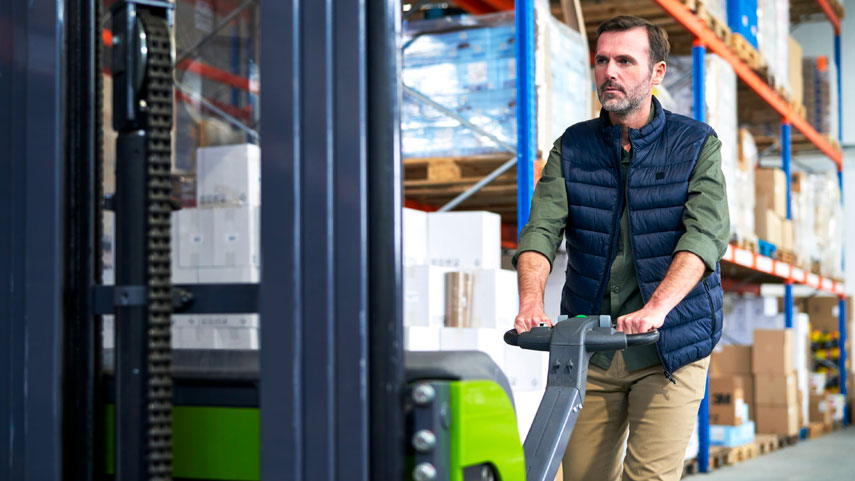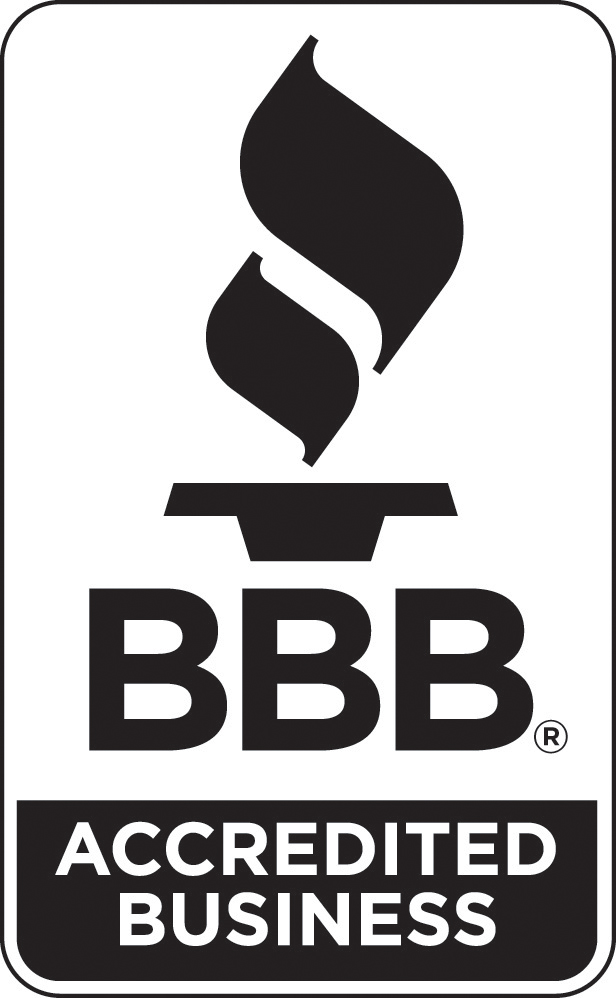What Is Ecommerce Shipping?

Ecommerce shipping is the process of getting products ordered online from the retailer to the customer. It includes all the steps involved in processing the order, packaging the product, and transporting it to the customer. It plays a big role in any ecommerce business, helping to determine whether a customer completes their order, how much they buy, and whether they’re happy with their experience.
Shipping ecommerce products matters for carriers, too. Americans and their businesses shipped 21.5 billion parcels in 2021—that’s 65 parcels for every person in the country. The US also had the highest parcel carrier revenue, reaching $188 billion. With its growing popularity, ecommerce can be a profitable industry for carriers.
How does ecommerce shipping work?
Shipping for ecommerce seems straightforward, but there are a lot of moving parts. At its simplest, the process might look something like this:
- Your business receives an order. You make sure you have the inventory, then confirm the order.
- You pick, pack, and prepare the order for shipping.
- You contract with a carrier to arrange a freight shipment to bring the order to its final destination.
Larger businesses use supply chain technology to manage their inventory, confirm orders, and initiate the picking and packing process. They may also store their product at various warehouses around the country to make last-mile delivery easier.
Ecommerce shipping methods

The answer to “What is ecommerce shipping?” often depends on the size of your business. Here are the three most common types.
1. Self-fulfillment
Self-fulfillment means a business takes care of shipping e-commerce goods in-house. Small businesses often find self-fulfillment easier and more affordable. Filling a full truckload (TL) can be a challenge for small businesses, but options like shared truckload (STL) and less than truckload (LTL) provide good alternatives.
2. Dropshipping
Dropshipping means that a business doesn’t actually store its inventory. They take orders from customers, then work with various suppliers to fulfill them. Dropshipping has low overhead and can be easy to scale. However, you won’t have very much control over your supply chain, and the profit margins can be low for this type of ecommerce shipping.
3. Fulfillment services
Fulfillment services are third-party logistics providers (3PLs) who take care of shipping ecommerce products for a business. Outsourcing ecommerce shipping can save money, but you’ll also give up some control over your delivery process and product quality.
Factors to consider when calculating ecommerce shipping costs

Many of the most common shipping questions revolve around costs. Remember that you may need different providers for different parts of your supply chain, like container shipping, freight forwarding, and last-mile delivery. Keep these things in mind when you’re calculating your ecommerce shipping costs:
- Destination: The less mileage your freight must travel, the cheaper your costs will be. Domestic shipping is cheaper than international shipping, where prices can vary widely based on the country.
- Weight and dimensions: Heavy, oversized, or oddly shaped items—anything that won’t fit in a rectangular box, which can then be stacked neatly on a pallet—will be more expensive to ship.
- Packaging: Reducing your packaging to the smallest possible dimensions means you can fit more on a pallet, shipping more products at a time and saving on the costs of materials.
- Delivery method and speed: Shipping by air is fastest, but most expensive. Rail is cheap, but can be slow and routes are limited. That’s why most goods move by truck: It’s reliable, adaptable, and cost-effective.
- Emergency coverage: Make sure you have insurance that covers your shipment in case of loss or damage. And factor in a financial “buffer” so emergencies like delays or weather incidents don’t affect your bottom line.
Partnering with ecommerce retailers
There are many different types of shipping for ecommerce, including using fulfillment services or leveraging other companies’ supply chains and logistics. Partnering with large retailers in this way can help you scale and be more cost-efficient. The two most popular options are:
- Amazon: Fulfillment by Amazon (FBA) is one of the most well-known fulfillment providers. You store your product in their warehouses, and when an order is placed, they pick, pack, and ship it for you. Amazon does have strict on-time, in-full (OTIF) requirements, but modes like shared truckload can help you deliver.
- Walmart: Getting your product on the shelves of the world’s largest company—or into its online marketplace—can help you reach a wider audience. But unlike Amazon, they don’t store your goods. You’ll need to ship to customers yourself or get your goods to a Walmart distribution center, and they’ll take it from there.
Developing robust ecommerce shipping strategies
Both shippers and carriers have plenty of options when it comes to ecommerce shipping strategies. Shippers need to choose their freight mode and shipping method. Carriers must also choose their mode and cargo type. And both need to negotiate costs and build partnerships. In the next chapter, we’ll learn about another popular strategy for both: retail consolidation
.jpg)



